Cats, with their mysterious nature and independent demeanor, often leave us guessing about their feelings and well-being. While they are often seen as aloof, cats experience stress much like humans do. Recognizing stress in your feline friend is crucial for their mental and physical health. Monitoring and addressing stress can prevent potential health issues and behavioral problems. In this article, we’ll explore six easy ways to identify stress in your cat, helping you ensure a happier and healthier life for your four-legged companion.
Change in Appetite
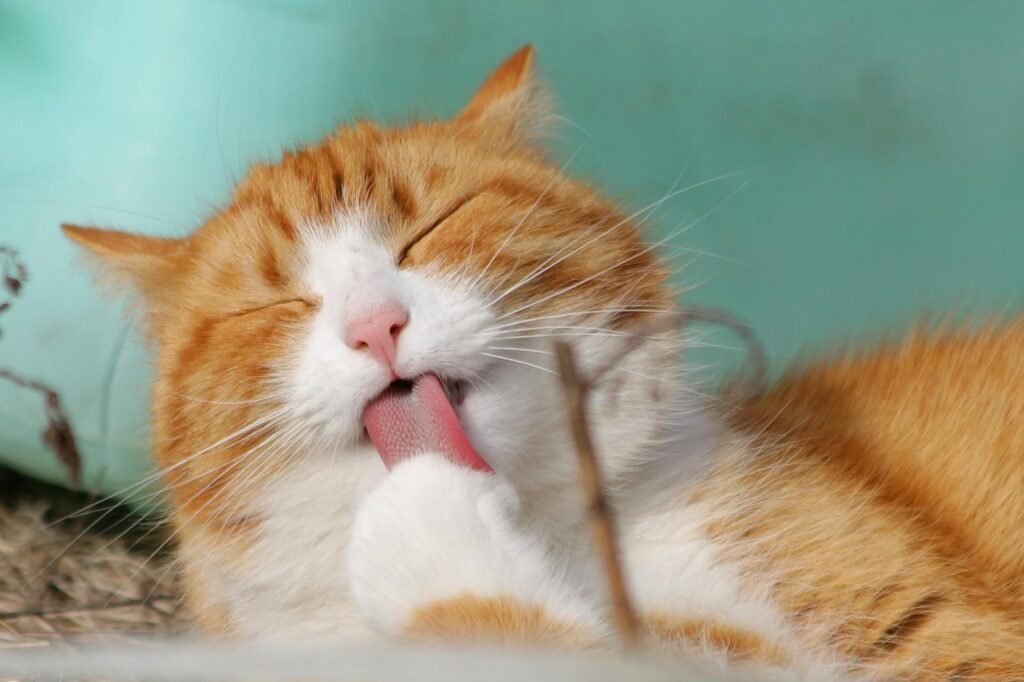
A noticeable change in your cat’s eating habits is one of the first indicators of stress. Some cats may completely lose interest in food, while others might overeat as a coping mechanism. Keep an eye on your cat’s feeding routines, as fluctuations can suggest physical discomfort or emotional distress. If you detect a significant change, it might be time to assess the factors contributing to their unease, such as alterations in their environment or routine.
Increased Vocalization
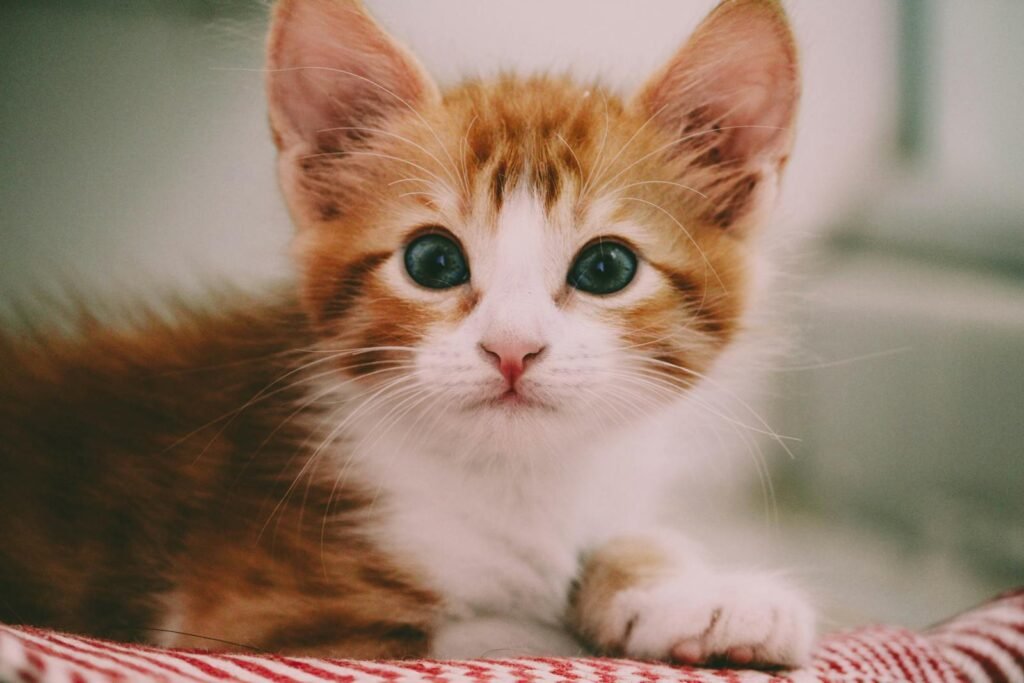
Cats often communicate their emotions and needs through vocalization. If your cat suddenly becomes more talkative than usual, it might be expressing stress or anxiety. Different vocalizations, whether they are persistent meows, growls, or hisses, can indicate various levels and types of stress. Pay attention to when and where these sounds occur to identify potential stressors, such as new pets in the home, changes in schedule, or even discomfort due to health issues.
Excessive Grooming
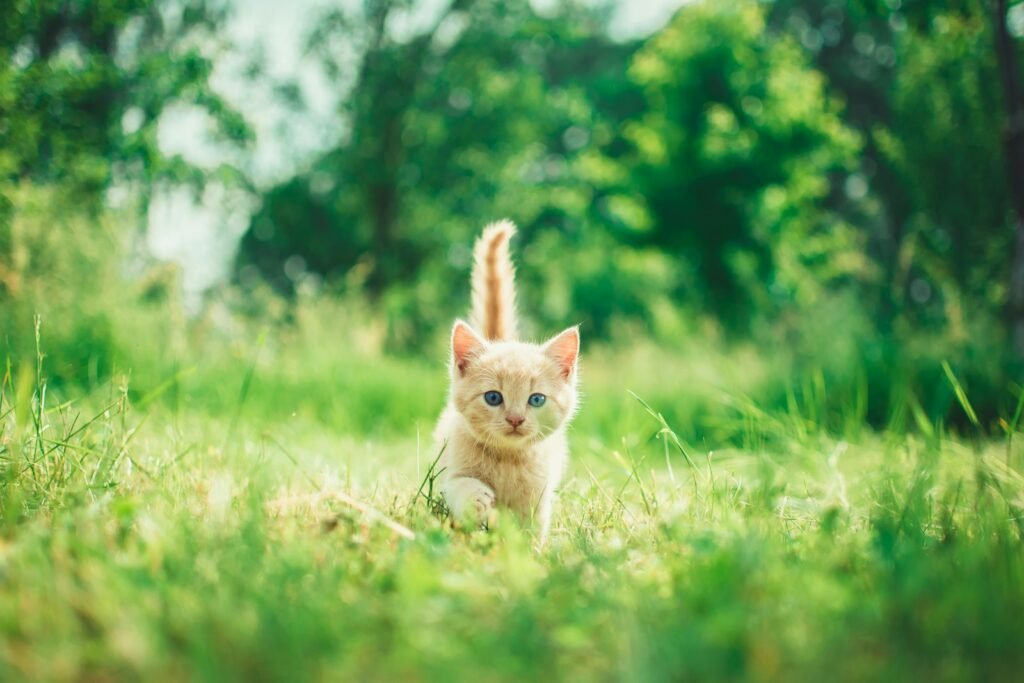
While grooming is a natural behavior for cats, excessive grooming could signal that your cat is stressed. Over-grooming might result in bald patches or irritated skin. Cats often engage in this behavior to soothe themselves, diverting their attention from stressors. Identifying the underlying triggers, which could range from changes in the household to emotional distress, is essential. Reduce stress by maintaining a consistent environment and routine for your cat.
Changes in Litter Box Habits

One of the most common signs of stress in cats is a change in their litter box habits. If your cat starts eliminating outside the box, it may be attempting to communicate emotional discomfort or discontent with the litter box situation. This behavior could be due to stress from changes in their environment, litter type, or location of the litter box. Ensuring a clean, private, and comfortable environment for litter use can help alleviate stress-related issues.
Withdrawal or Aggression
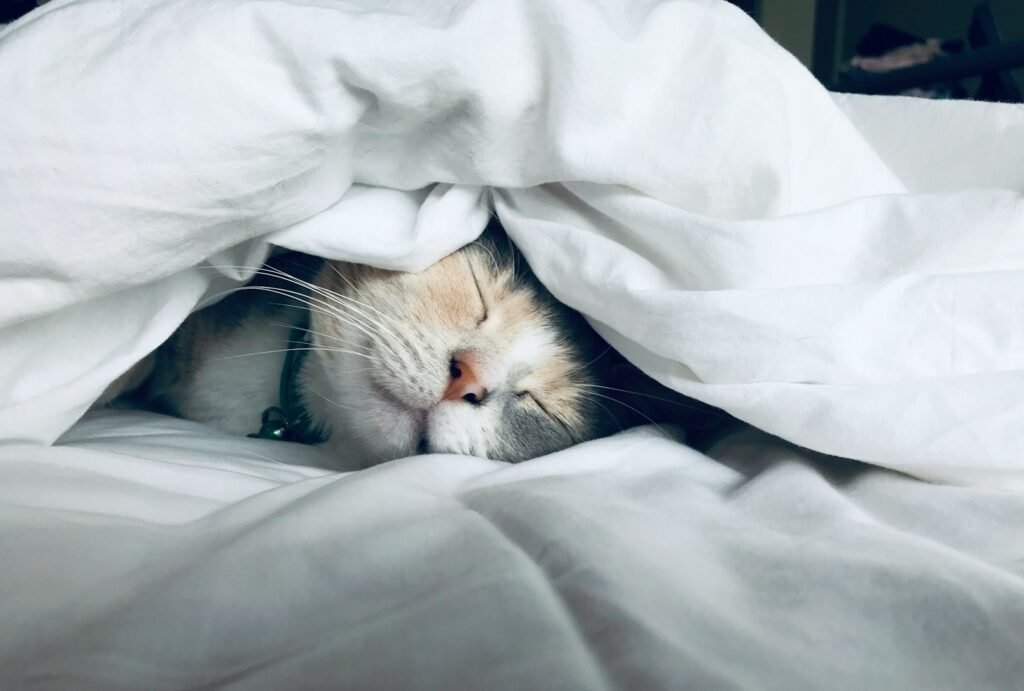
Stress in cats can manifest as changes in their social behavior. A stressed cat might become withdrawn, hiding away more than usual, or exhibiting aggression towards people or other animals. These behavior changes could be expressions of fear or anxiety and indicate that your cat feels threatened or uncomfortable in their current situation. Providing safe spaces along with positive interactions can help your cat rebuild confidence and reduce stress.
Changes in Sleeping Patterns
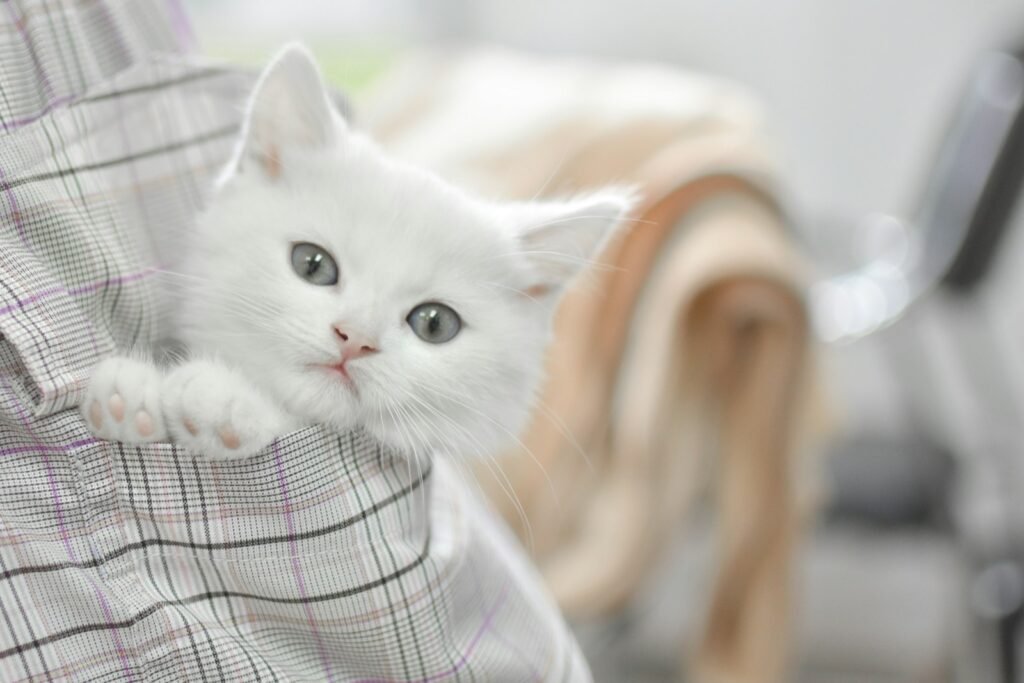
While cats are known for their impressive sleep schedules, significant changes might signal stress. Increased sleep or, conversely, restlessness, can both be symptoms of stress. If your cat seems lethargic or struggles to settle down, it could be indicating discomfort either physically or emotionally. Monitor your cat’s sleep patterns and consider any recent changes in the home environment or routine that could be contributing to their stress.
By understanding these signs of stress in cats, you can take proactive steps to ensure their environment is as calming and comfortable as possible. Whether it’s through routine vet visits, creating safe spaces, or maintaining a consistent lifestyle, addressing feline stressors is key to fostering a nurturing and loving home for your pet.

Suhail Ahmed is a passionate digital professional and nature enthusiast with over 8 years of experience in content strategy, SEO, web development, and digital operations. Alongside his freelance journey, Suhail actively contributes to nature and wildlife platforms like Feline Fam, where he channels his curiosity for the Feline into engaging, educational storytelling.
With a strong background in managing digital ecosystems — from ecommerce stores and WordPress websites to social media and automation — Suhail merges technical precision with creative insight. His content reflects a rare balance: SEO-friendly yet deeply human, data-informed yet emotionally resonant.
Driven by a love for discovery and storytelling, Suhail believes in using digital platforms to amplify causes that matter — especially those protecting Earth’s biodiversity and inspiring sustainable living. Whether he’s managing online projects or crafting wildlife content, his goal remains the same: to inform, inspire, and leave a positive digital footprint.






